Vintage watches are more than just accessories - They are pieces of history, showcasing decades of exceptional craftsmanship and, in many cases, holding significant investment value. Whether you’re an experienced collector or just beginning your journey into the world of horology, buying a vintage watch can be both exciting and a little daunting.
The market is full of remarkable finds, but making the right choice requires research, careful attention to detail, and a thoughtful approach. This guide will help you navigate the vintage watch market, covering everything from understanding what makes a watch truly vintage to tips on authentication, sourcing, and long-term care.
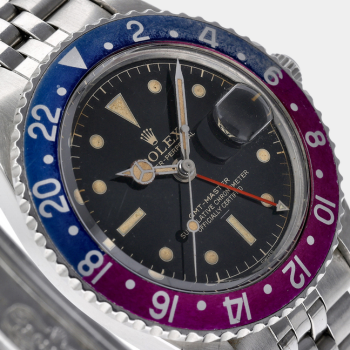
Before making any purchase, it’s essential to understand what qualifies a watch as vintage.
While there’s no universal definition, most collectors consider watches that are at least 20 to 30 years old as vintage. These watches often have unique design cues, historical significance, and mechanical movements that differ from modern timepieces. Popular vintage models include the Rolex Submariner, Omega Speedmaster, Patek Philippe Calatrava, and Audemars Piguet Royal Oak.
Vintage watches often carry a story - patina on the dial, subtle imperfections, or design elements that have evolved over decades. These traits are part of their charm but also require careful scrutiny to distinguish authentic pieces from heavily restored or counterfeit examples.
Vintage watches span a wide price range, from a few hundred to hundreds of thousands of pounds. Setting a clear budget helps narrow your options and prevents overspending. When deciding how much to invest, consider your priorities:
Rarity vs. Accessibility: Some collectors chase rare, limited-production models, while others prefer iconic models that are easier to source.
Condition vs. Originality: Watches in pristine condition often command higher prices but may have undergone restoration. Original pieces with minor wear may appeal to collectors who value authenticity.
Brand and Model Preference: Identify brands and models that resonate with your style and long-term investment potential. Research historical significance, movement types, and collectible variants.
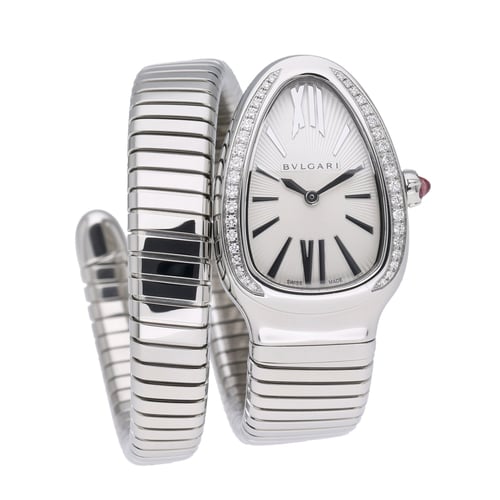
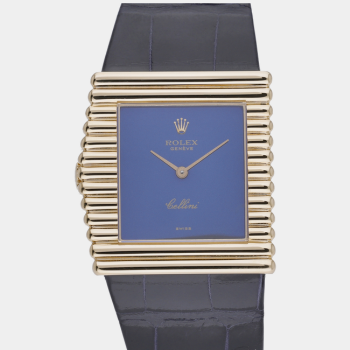
Knowledge is your greatest asset when navigating the vintage watch market. Before making any purchase, take the time to thoroughly research the models you’re interested in. Pay close attention to key details such as reference numbers, dial variations, case shapes, and movement calibres, as these can greatly impact both the watch’s value and collectibility.
Understanding these nuances will help you distinguish between rare, highly sought-after pieces and more common examples.
Online resources are invaluable for this research. Websites, watch forums and specialised books on horology can provide in-depth historical context, highlighting production changes, notable releases, and the evolution of iconic designs. The more informed you are, the more confident and successful your vintage watch buying journey will be
Authentication is without doubt the most important step when buying a vintage watch. The market, unfortunately, is full of counterfeits, modified pieces, and watches with non-original parts, so taking the time to verify authenticity is essential. Key checks include:
Movement Verification: Confirm that the movement is original and matches the watch’s reference.
Serial Numbers: Ensure the serial numbers align with the correct production era.
Dial and Hands: Look carefully at the dial, hands, and markers to confirm they’re original or have been properly restored.
Case and Crown: Check for over-polishing, replaced crowns, or any case alterations.
For many collectors, these checks can feel overwhelming - which is where expertise matters. At BQ Watches, we handle authentication every day, with our in-house specialists and trusted watchmakers ensuring that every watch we sell is genuine, correctly catalogued, and true to its heritage. Buying through an established and reputable dealer not only gives you peace of mind but also provides certification and a guarantee of authenticity - so you can invest with complete confidence.
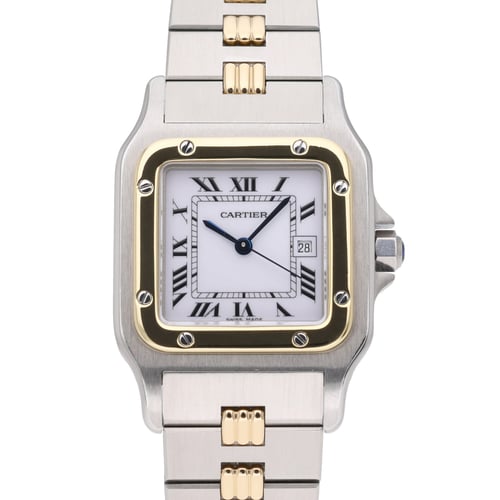

Where you choose to buy a vintage watch has a major impact on your experience, peace of mind, and even the future resale value of your timepiece. Established retailers and authorised dealers often specialise in vintage models, offering authentication guarantees, service history, and sometimes warranties, giving buyers confidence that their watch is genuine and properly maintained.
Online marketplaces like Chrono24 or eBay provide a vast selection at different price points, but they come with risks, as not all sellers are vetted and listings can include watches with non-original parts, over-restored pieces, or counterfeits - making careful research and independent verification essential.
For many collectors, the safest route is to work with a trusted specialist such as BQ Watches, where every timepiece is carefully authenticated, its history checked, and its originality guaranteed, providing not only peace of mind but also after-sales support and long-term value protection.
View our Chrono24 collection.
Whenever possible, inspect the watch in person or request high-resolution images from multiple angles. Key areas to examine include:
Dial Condition: Look for even patina, discoloration, or signs of refinishing.
Case Integrity: Check for dents, scratches, or over-polishing.
Bracelet or Strap: Ensure it is original or period-correct if authenticity matters.
Movement Function: The watch should run smoothly, with the hands and complications functioning correctly.
A careful inspection can prevent future disappointments and unexpected repair costs.
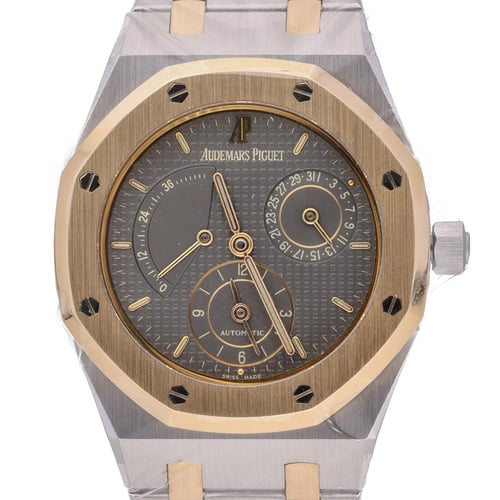
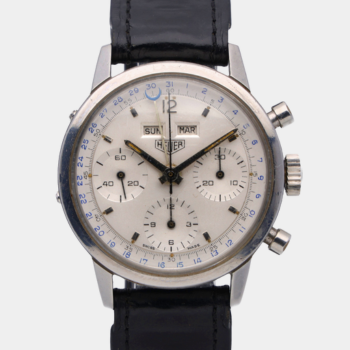
Vintage watches, like any finely crafted mechanical item, may need occasional servicing as they age.
It’s important to ask about the watch’s service history, including any parts that have been replaced or repairs that have been done. Proper servicing can keep the watch running smoothly and extend its life, but too many replacements or non-original parts can affect its originality and long-term value.
A well-cared-for, authentic vintage watch with a clear history will always be more rewarding to own than a heavily modified or neglected piece, giving you confidence and enjoyment for years to come.
A vintage watch is more than just something to own—it can also be a smart and rewarding investment. Well-preserved, rare models often increase in value over time, with factors like brand reputation, model rarity, originality, and historical significance all playing a role. Collectors especially look for watches with limited production runs, unique dial variations, or ties to famous personalities or events.
But just as important as the investment potential is enjoying the journey of collecting. Visit watch fairs, connect with other enthusiasts, and dive into the world of horology. Learning about the history, craftsmanship, and evolution of each watch makes collecting not only more enjoyable but also ensures your collection stays meaningful and satisfying for years to come.
Explore our carefully curated collection of vintage watches, each hand-selected for quality, authenticity, and timeless appeal. Many of our pieces are ready for next-day delivery, and if the specific model you’re looking for isn’t listed online, our team can source it specially for you. For a truly personalised experience, we invite you to visit our luxury showroom, where you can view our vintage collection up close and receive expert guidance in finding the perfect watch for your collection.
Let us help you find your perfect timepiece. If you don’t see it online, simply get in touch using the form below, and one of our specialist team members will be delighted to source it for you.